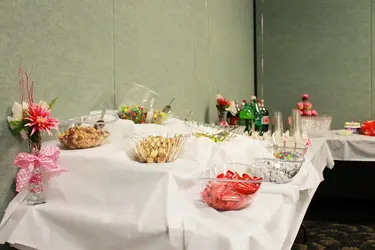julbelle
TPF Noob!
- Joined
- Dec 27, 2013
- Messages
- 3
- Reaction score
- 0
- Location
- United States
- Can others edit my Photos
- Photos OK to edit
I just purchased my first DSLR camera a few weeks ago. I took photos at a friends bridal shower. I am learning the triangle...I shot these in aperture mode w the basic EF-S18-55mm. Picture (1) f/4.0, shutter 1/50, ISO 400 -- Picture (2) f/5.6, shutter 1/32, ISO 400 -- Picture (3) f/4.5, shutter 1/25, ISO 400.
I did just purchase the 50mm lens, which I am loving! Below are before and after photos I edited in Photoshop, would like to get some professional opinions. Please don't hold back, I am serious about improving my skills and take constructive criticism very very well. Thanks!






I did just purchase the 50mm lens, which I am loving! Below are before and after photos I edited in Photoshop, would like to get some professional opinions. Please don't hold back, I am serious about improving my skills and take constructive criticism very very well. Thanks!


















